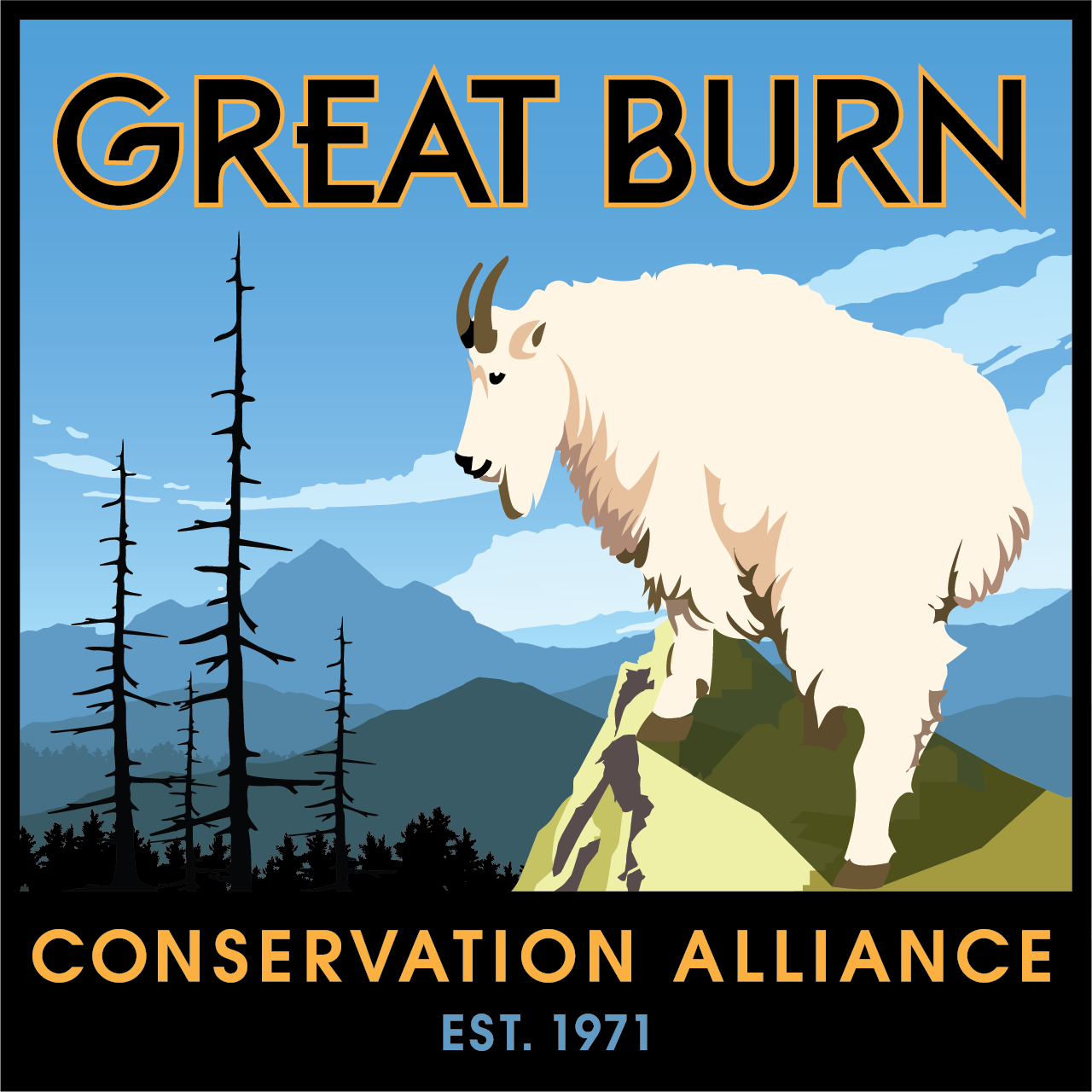Indigenous Land
The Great Burn is the home of the Nez Perce (Nimiipuu), Salish, Kootenai, Ktunaxa, and Coeur d’Alene tribes, who historically used the higher elevations for seasonal hunting and used the valley bottoms for travel routes and permanent settlements.
The Nez Perce (Nee-Mee-Poo) Trail follows the Lochsa River and crosses Lolo Pass near the southern boundary of the Great Burn Recommended Wilderness. This route was established by repeated use as the Nez Perce tribe traveled east to hunt for bison. Tribal members also traveled this way in 1877, when fleeing the US Army and its attempts to move them onto a reservation near Lapwai.
Corps of Discovery
In 1805-06, Lewis & Clark and their Corps of Discovery passed along the area following the traditional Nez Perce route above Lolo Creek and the Lochsa River.
They crossed Lolo Pass both westbound and eastbound on their journey of exploration from St. Louis to the Pacific coast.
The Fire of 1910
The Great Burn takes its name from the historic wildfires of 1910. Those fires, which consumed almost three million acres in less than three days, left barren hillsides devoid of commercial timber value. That historic event, though tragic at the time, had the indirect benefit of allowing the area to recover for a century without penetration by human developments.
In the aftermath of the fire, the US Congress doubled the budget for the fledgling Forest Service, putting it on a pathway to become the far-reaching agency that we partner with today.
The Big Burn
Learn more about the 1910 fire from the PBS American Experience documentary, “The Big Burn.”




